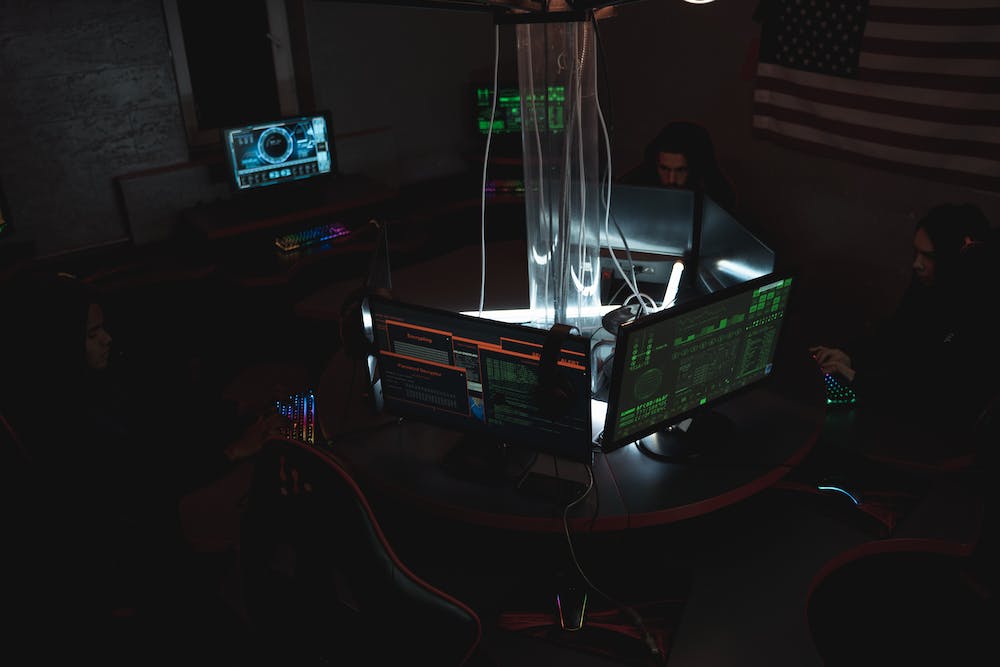
Introduction
Windows 10 is one of the most popular operating systems used worldwide. IT offers a range of features and functionalities that can greatly enhance your computing experience. However, like any other operating system, Windows 10 can also become sluggish over time, impacting your PC’s performance. In this article, we will discuss some best practices to optimize your Windows 10 PC for maximum performance.
1. Keep Windows Updated
One of the first steps in optimizing your Windows 10 PC is to make sure that your operating system is up to date. Microsoft releases regular updates that often include performance improvements and bug fixes. Go to the Windows Settings and select ‘Update & Security’ to check for updates. Ensure that your system is set to automatically download and install updates.
2. Remove Unnecessary Startup Programs
Many programs are configured to launch automatically at startup, which can slow down your computer‘s boot time. Open the Task Manager by right-clicking on the taskbar and selecting ‘Task Manager’. In the ‘Startup’ tab, disable any programs that you don’t need to launch during startup. This will help free up system resources and improve performance.
3. Disable Visual Effects
Although Windows 10 offers several visually appealing effects, they can consume a significant amount of system resources. To optimize your PC’s performance, you can disable or reduce these visual effects. Right-click on the ‘Start’ button and select ‘System’. In the ‘Advanced system settings’, navigate to the ‘Performance’ section and click on ‘Settings’. Here, you can choose to let Windows decide, adjust for best performance, or manually select the effects you want to keep.
4. Scan for Malware and Viruses
Malware and viruses can significantly impact your PC’s performance. Windows 10 comes with built-in Windows Defender, which offers real-time protection against malware. Ensure that the Windows Defender is turned on and running the latest updates. You can also use additional third-party antivirus software to enhance your system’s protection.
5. Clean up Disk Space
Over time, your PC can accumulate unnecessary files and clutter, which can slow down its performance. Windows 10 has a built-in Disk Cleanup tool that can help you free up disk space. In the search bar, type ‘Disk Cleanup’ and select the tool. Choose the drive you want to clean up and click on ‘OK’. The tool will scan for unnecessary files and provide a list of items that you can delete.
6. Optimize Power Settings
Windows 10 offers various power plans that can optimize your PC for different usage scenarios. By default, your PC might be set to a balanced power plan. However, you can choose to switch to a high-performance power plan to maximize your PC’s performance. In the Windows Settings, go to ‘System’ and select ‘Power & sleep’. Here, you can customize and choose the power plan that suits your needs.
Conclusion
By following these best practices, you can optimize your Windows 10 PC for maximum performance. Keeping your system updated, removing unnecessary startup programs, disabling visual effects, scanning for malware, cleaning up disk space, and optimizing power settings will go a long way in improving your computing experience.
FAQs
Q: How often should I update Windows 10?
A: IT is recommended to keep your Windows 10 operating system updated regularly. Microsoft releases updates frequently to address security vulnerabilities and introduce performance enhancements. Make sure to enable automatic updates to ensure you’re running the latest version.
Q: Can I disable all visual effects for maximum performance?
A: While disabling visual effects can improve performance, IT may also compromise the visual appeal of Windows 10. You can choose to let Windows decide which effects to keep or manually select the effects you want to disable. Balancing performance and aesthetics is recommended.
Q: What should I do if my PC is still slow after optimization?
A: If your PC is still slow after following these best practices, there might be other underlying issues. You can try running a system maintenance tool to identify and fix any performance-related problems. Additionally, upgrading your hardware, such as adding more RAM or upgrading to a solid-state drive (SSD), can greatly enhance your PC’s performance.
Remember, optimizing your Windows 10 PC is an ongoing process. Regular maintenance, updates, and keeping your system clean are vital for enjoying a smooth computing experience.





